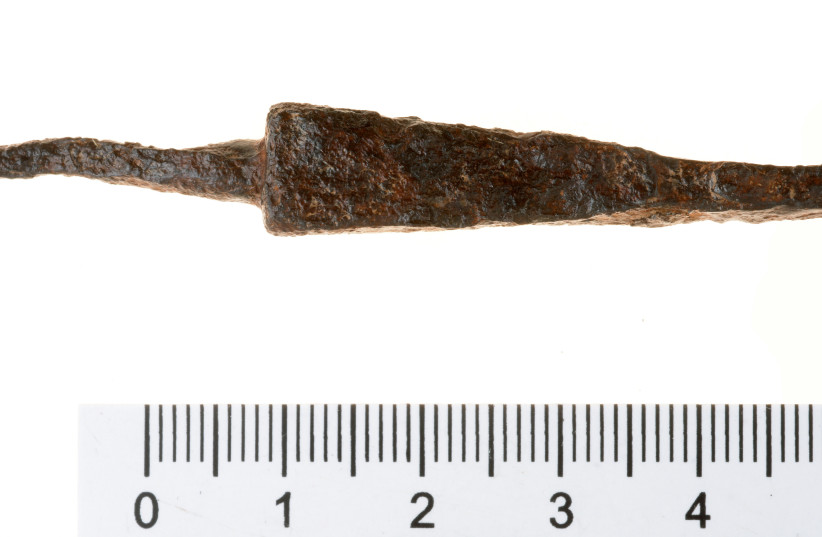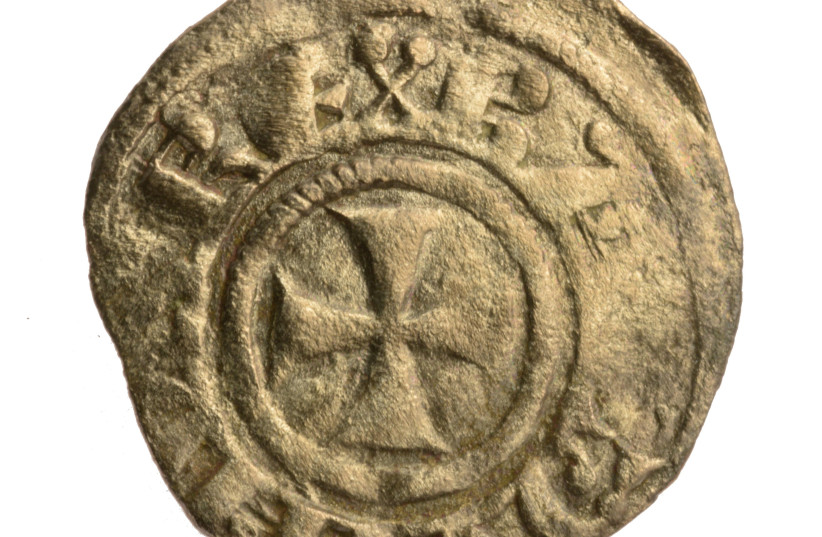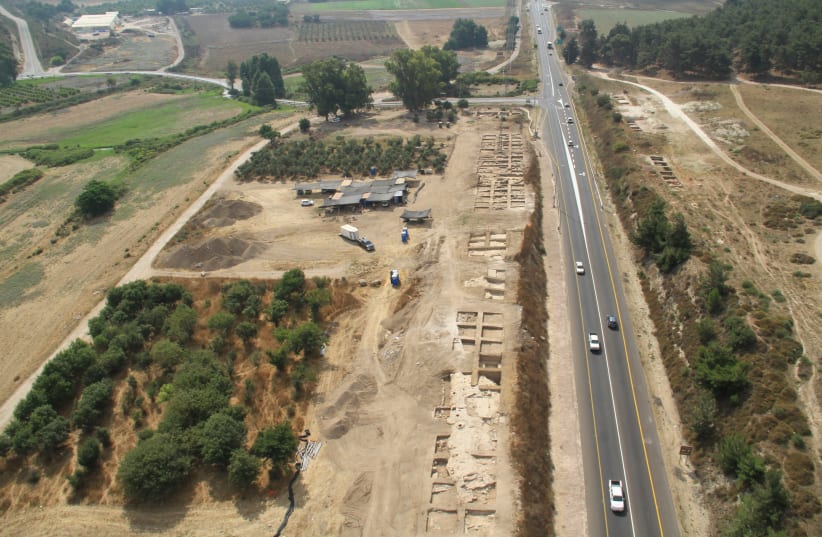A team of Israeli archaeological researchers identified a Crusader encampment in the area of the Tzipori Springs in Galilee, the first time that a Crusader encampment was found in the field.
Their findings were published this year in the book Settlement and Crusade in the Thirteenth Century.
Pursuing the idea of liberating the holy sites from Muslim rule and encouraged by the Roman Catholic Church, European powers and sometimes peoples initiated several military campaigns in the Middle East between the 11th and 13th centuries, which led to the establishment of a number of Christian states in the area of modern Israel, Lebanon and Syria.
For a certain period it placed Jerusalem under Christian rule, a period documented by a vast corpus of historical sources as well as massive structures such as castles and fortresses left by the Crusaders in the region. However, very little remains to testify moments of transitions, such as battles and encampments.
In recent years, while workers were expanding Route 79 that connects the coast with Nazareth, Israel Antiquities Authority archaeologists Nimrod Getzov and Ianir Milevski from the Prehistory Department conducted the required salvage excavation.


“The area along Route 79 was known as the site of the Frankish encampment ahead of the battle of Hattin in 1187, as well as for other encampments by both the Crusaders and the Muslims during a period of 125 years,” said Dr. Rafael Lewis, a senior lecturer at Ashkelon Academic College and a researcher at Haifa University. “For this reason, I was brought on board to focus on the remains from that era. It was a very exceptional opportunity to study a medieval encampment and to understand their material culture and archaeology.”
According to chronicles from the time, the Christian army stationed in the area of the Tzipori Springs for around two months before the crucial battle that allowed the troops led by Sultan Saladin to reconquer much of the region, including Jerusalem.
The archaeologists unearthed hundreds of metal artifacts, and were able to study their relations to the landscape.
“We used a discipline known as ‘artifact distribution analysis’,” he noted. “We started by reconstructing the landscape as it approximately looked like at the time; we considered where the artifacts were found; and compared what we learned to historical records.”
Lewis said that although all of the troops at the time fought under the king, they did not serve in a centralized army – different groups of knights would fight together, each having their own camp and each following the orders of their commander.
The remains mirrored this reality.
“In the site we found different clusters of artifacts,” he said.
The majority of artifacts the archaeologists uncovered were horseshoe nails, both of a local type and of a more sophisticated European type, which were prevalent closer to the springs.
“We saw that the closer we got to the water, the richer the material culture became,” Lewis said. “We can probably deduce that those who belonged to a higher socio-economic status encamped by the spring. Changing those nails probably represented the main activity in the camp. Nobody wanted to find himself in the battle on a horse with a broken shoe.”


The archaeologists were surprised to find very little remains of other activities that might have been expected in relation to the life at the encampment, such as cooking pots. However, this also suggests what objects were brought back to castles and permanent settlements when the encampment was packed up.
Based on the findings in Tzipori, researchers in the future will be able to examine other sites to look for archaeological remains.
“I’m intrigued to understand more about Crusader encampments,” Lewis said. “I believe that the study of military camps has the potential to allow us to understand much more about the period and its culture.”
